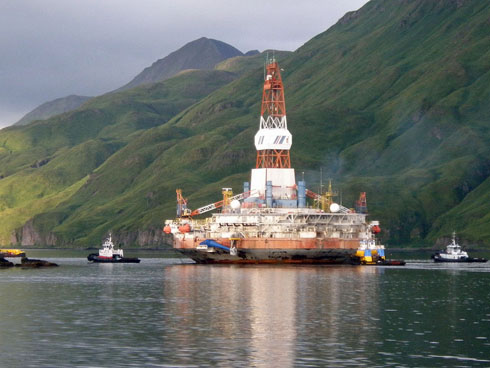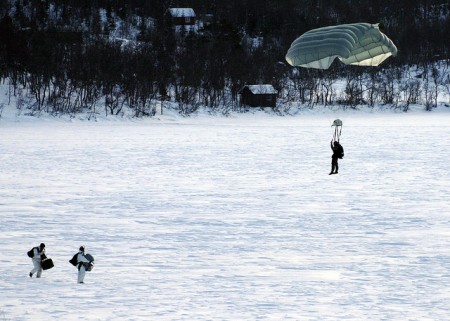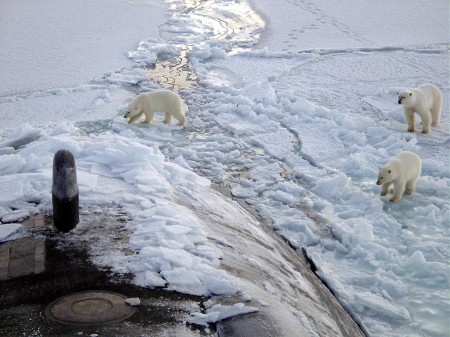
Drilling for oil is almost always risky business. Deposits are rarely found in convenient places and drilling is expensive. Even if alternative energies are slowly taking over the energy market, most experts agree that we still need oil. As current wells dry up, therefore, we must also drill in new, more challenging places, like the Arctic seas.
The US Geological Survey estimates that the Arctic holds ninety billion barrels of undiscovered oil. This is almost three times annual global consumption and could be as much as thirteen percent of the world’s undiscovered reserves. The vast majority of Arctic oil, however, lies offshore – protected by fierce weather conditions that make drilling almost impossible, or at least very dangerous.
Commercial interest in the Arctic is nonetheless high. As recently as September the Norwegian government announced that forty-two companies had applied for drilling permissions in the Norwegian Arctic. Statoil alone applied for drilling in seventy-two new blocks and will drill nine new exploration wells next year. Meanwhile, Royal Dutch Shell (finally) received permission to drill to shallow depths at the Beaufort and Chukchi wells in Alaska, US.




